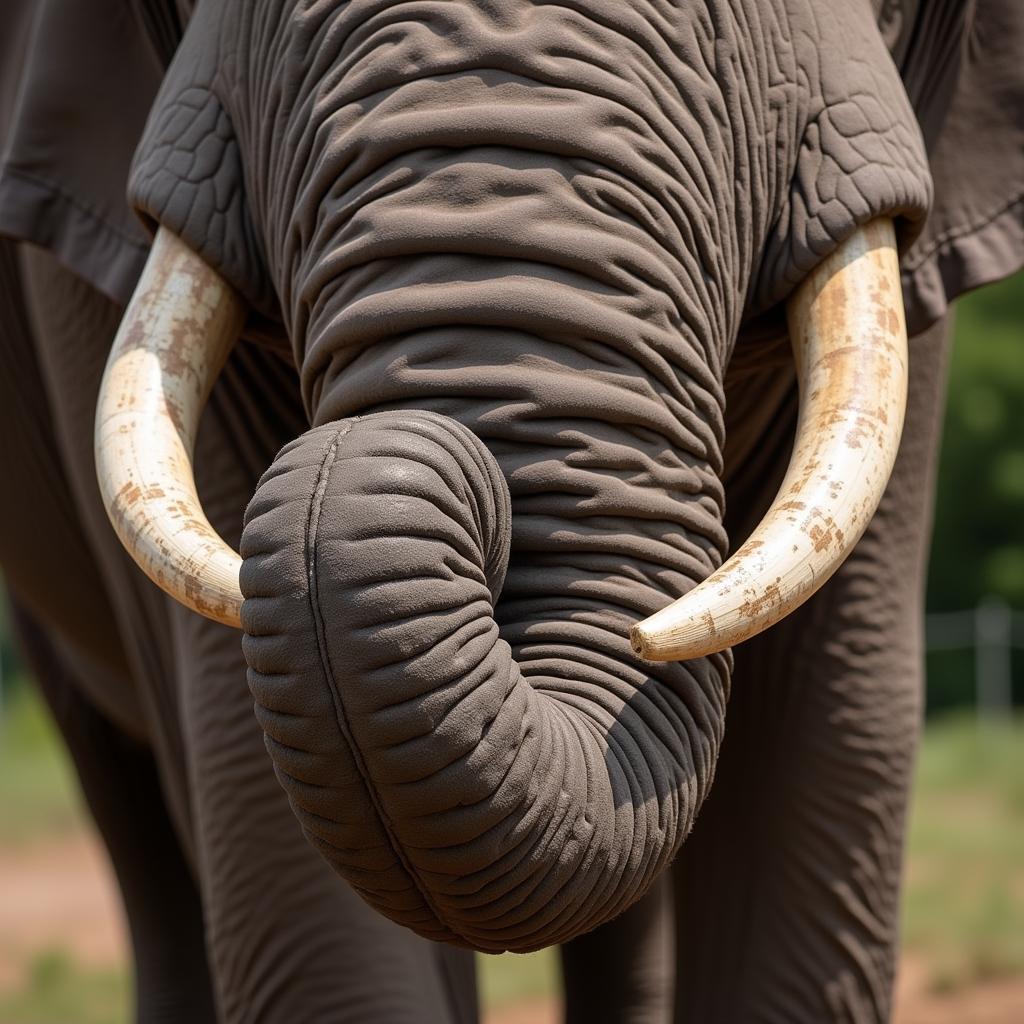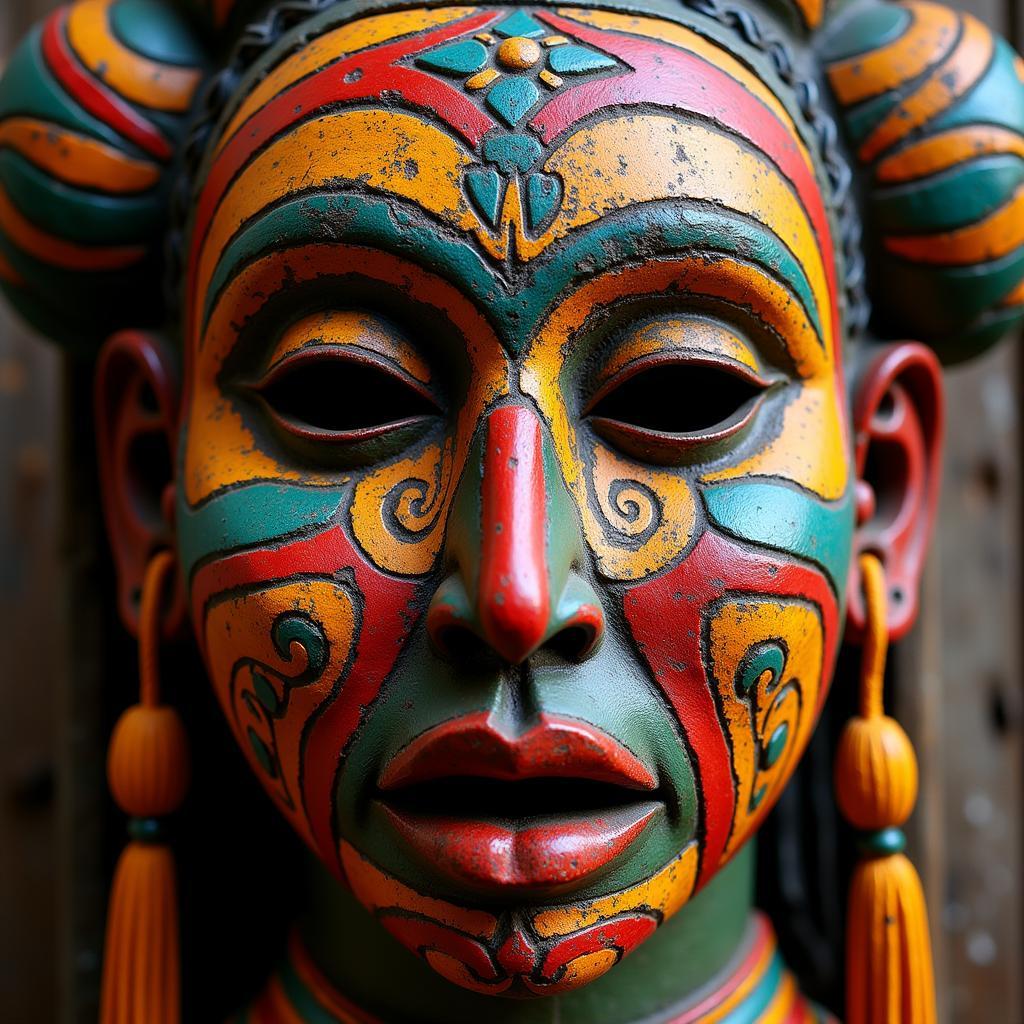African Grey Molting or Plucking: Understanding Feather Loss
African Grey Molting Or Plucking can be a concerning issue for owners. This article explores the differences between natural molting and plucking, helping you understand the causes, symptoms, and solutions for each. We’ll delve into the various factors that can contribute to feather loss in African greys, providing you with the knowledge to ensure your feathered friend’s well-being.
Distinguishing Molting from Plucking in African Greys
Molting is a natural process where birds shed old feathers and grow new ones. It’s a cyclical event essential for maintaining a healthy plumage. Plucking, on the other hand, is a behavioral issue where the bird pulls out its own feathers, often due to stress, boredom, or underlying medical conditions. Differentiating between these two is crucial for appropriate intervention. During a molt, you might see an increase in the number of feathers shed, but the bird’s overall appearance remains relatively full. With plucking, you’ll notice bare patches or areas where feathers are broken or missing. Knowing the difference between molting and plucking is the first step to understanding your African grey’s feather loss. See our guide on african grey parrot molting season.
Causes of Molting and Plucking
Molting in African greys is typically triggered by hormonal changes related to breeding seasons and daylight hours. It’s a natural process that shouldn’t cause alarm. However, plucking can have various underlying causes, ranging from environmental factors like cage size and diet, to psychological issues such as stress and boredom. Medical conditions, including skin infections, parasites, and nutritional deficiencies, can also contribute to feather plucking. Understanding these diverse causes is essential for addressing the problem effectively. Are hormonal changes affecting your African grey? Check out our article on african grey hormonal behavior.
Environmental Factors Influencing Feather Loss
Environmental factors play a significant role in both molting and plucking. A proper diet rich in vitamins and minerals is crucial for healthy feather growth during molting. Similarly, a spacious cage with plenty of toys and enrichment can prevent boredom, a common trigger for plucking. Factors like temperature, humidity, and lighting can also influence feather health. For instance, low humidity can lead to dry, brittle feathers that are more prone to breakage. Maintaining a suitable environment is key to supporting healthy feather growth and preventing plucking. If you suspect a broken feather might be contributing to the issue, our article on african grey broken wing feather offers valuable insights.
Signs and Symptoms: Identifying the Problem
While molting involves a gradual and even shedding of feathers, plucking is often characterized by patchy feather loss, particularly around the chest, neck, and wings. You might notice your African grey excessively preening or chewing on its feathers. Skin irritation and redness can also indicate underlying medical issues contributing to plucking. If your African grey is also showing signs of excessive feather loss, such as bald spots, read more about this in our related article african grey losing fe.
When to Seek Veterinary Care
If you suspect your African grey is plucking its feathers, consulting an avian veterinarian is crucial. A veterinarian can conduct a thorough examination to rule out underlying medical conditions and recommend appropriate treatment. Early intervention is key to preventing further feather damage and addressing the underlying cause of the behavior.
Treatment and Management of Feather Loss
Treatment for molting primarily involves providing a balanced diet and ensuring a comfortable environment. For plucking, addressing the underlying cause is essential. This might involve environmental modifications, behavioral training, or medical treatment for underlying health conditions. Managing stress, providing enrichment, and ensuring a proper diet are all vital aspects of treating and managing feather plucking. If you are concerned about your African grey’s feather loss, including hair fall, you can find helpful information in this article: african grey parrot hair fall.
Conclusion: Ensuring a Healthy Plumage for Your African Grey
Understanding the difference between african grey molting or plucking is crucial for providing proper care for your feathered companion. By recognizing the signs, addressing the underlying causes, and seeking veterinary guidance when needed, you can help your African grey maintain a healthy, vibrant plumage and overall well-being.
FAQ
- How often do African greys molt?
- Is plucking always a sign of a serious problem?
- What are some common triggers for feather plucking?
- Can a change in diet help with feather plucking?
- How can I create a more enriching environment for my African grey?
- What should I expect during a veterinary visit for feather plucking?
- How long does it take for feathers to grow back after molting or plucking?
Common Scenarios and Questions
- Scenario: Your African grey starts losing feathers suddenly and has bald patches. Question: Is this molting or plucking?
- Scenario: You’ve noticed your African grey chewing on its feathers. Question: What could be causing this behavior?
- Scenario: Your African grey is molting and seems uncomfortable. Question: How can I make it more comfortable during this time?
Further Reading and Related Articles
Check out our other articles on African Grey parrot care for more helpful tips and information.
Contact Us
For further assistance with your African Grey, please contact us:
Phone: +255768904061
Email: kaka.mag@gmail.com
Address: Mbarali DC Mawindi, Kangaga, Tanzania.
We have a 24/7 customer service team ready to assist you.

